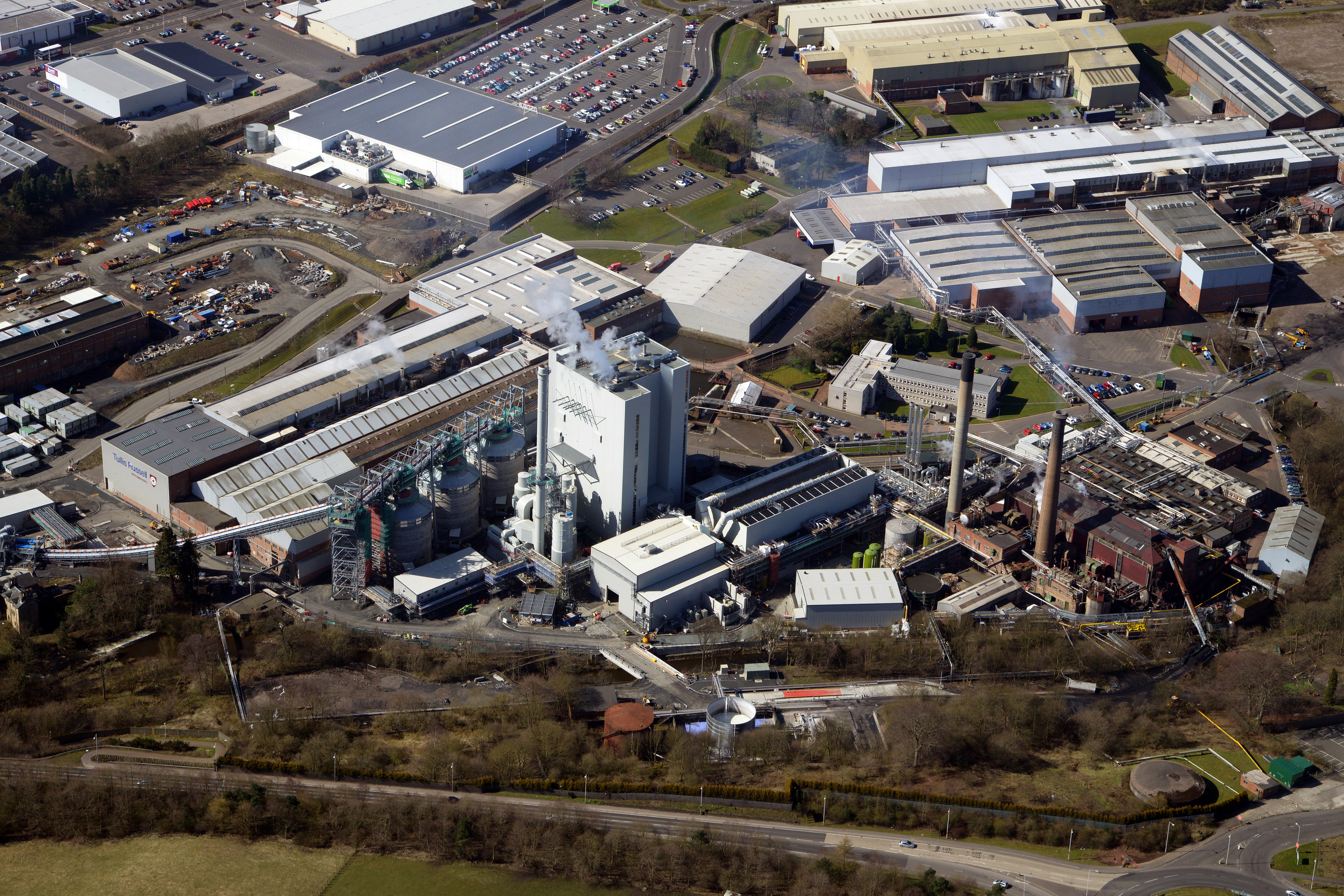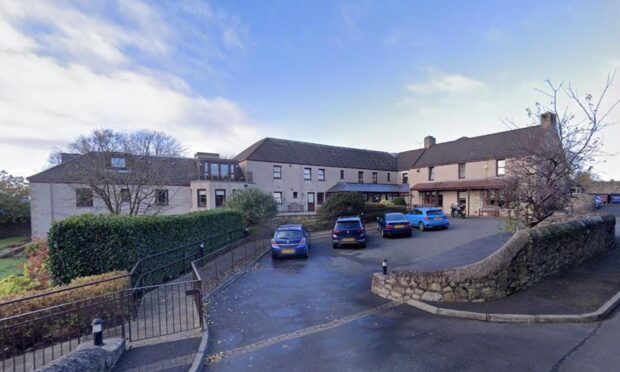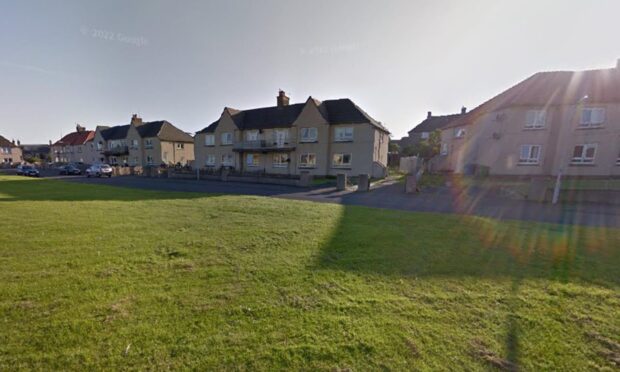An audacious multi-million-pound plan to transform the way homes and businesses are heated in Glenrothes has been given the go-ahead.
Councillors have granted planning permission for a vast network of underground pipes to be installed throughout the town as part of the Glenrothes District Heating Scheme.
Members of Fife Council’s central area planning committee threw their weight behind the ambitious proposals on Monday, which will see miles of piping laid throughout the heart of the town to transport excess energy from the RWE biomass plant at Markinch.
Though councillors expressed some concern about the extent of pipe laying required, council case officer Alex Laidler insisted that any disruption would be kept to a minimum.
He told committee members: “There will be a need to connect pipework to homes.
“The pipework will generally follow the route of roads and will try and avoid existing utilities and greenspaces.
“All excavated land will be replaced as it is.”
The £17.1 million initiative is being spearheaded by the local authority in conjunction with energy firm RWE and the Scottish Government.
It aims to supply low-carbon heat to a range of businesses, public sector premises and homes through a vast network of underground pipes.
The project will take advantage of the heat capacity from the biomass plant, transporting it to the council’s buildings at Fife House and Rothesay House as early as January 2019.
A further 327 homes have also been identified as potential beneficiaries, as well as the Rothes Halls and local library, major retailers, a social and community club and a local church.
While the project will initially focus on the town centre, further phases could see the network expand to more homes and to the south of the town, as far as Pitteuchar West Primary School, Fife College and the Michael Woods Sports and Leisure Centre.
Addressing further concerns from councillors that additional fuel may be needed to provide the necessary levels of heat, Mr Laidler continued: “The emphasis is on using the existing power plant.
“It effectively has waste heat and the aim of this is capturing about 80% of that heat to minimise any additional burning of material.”










